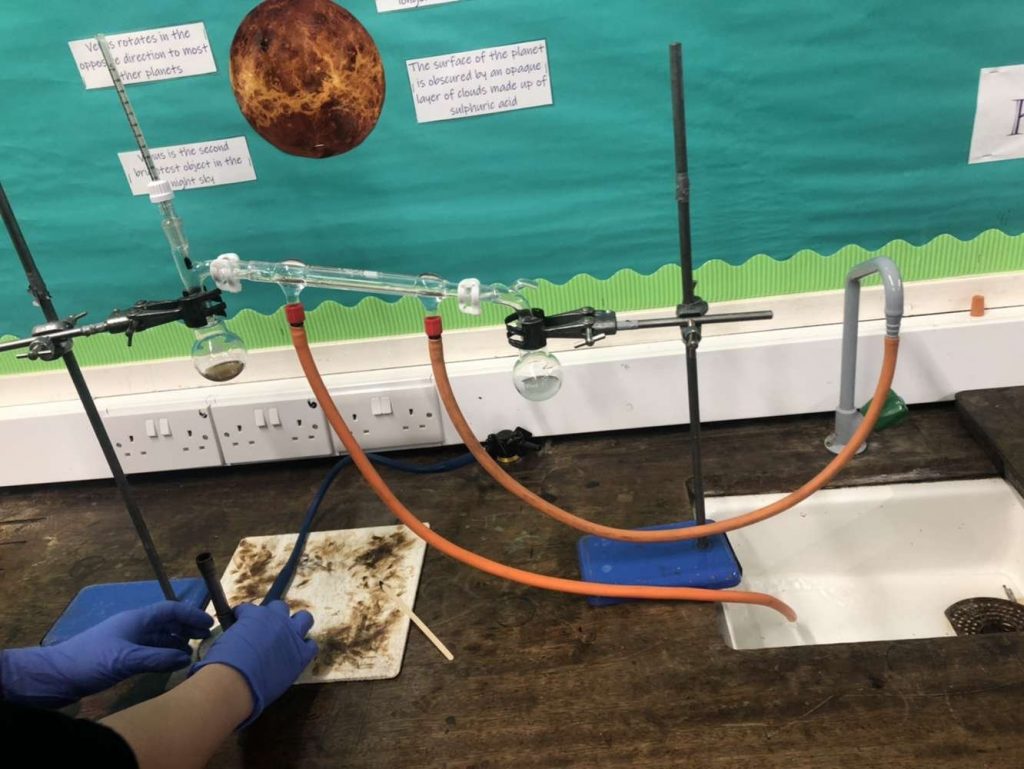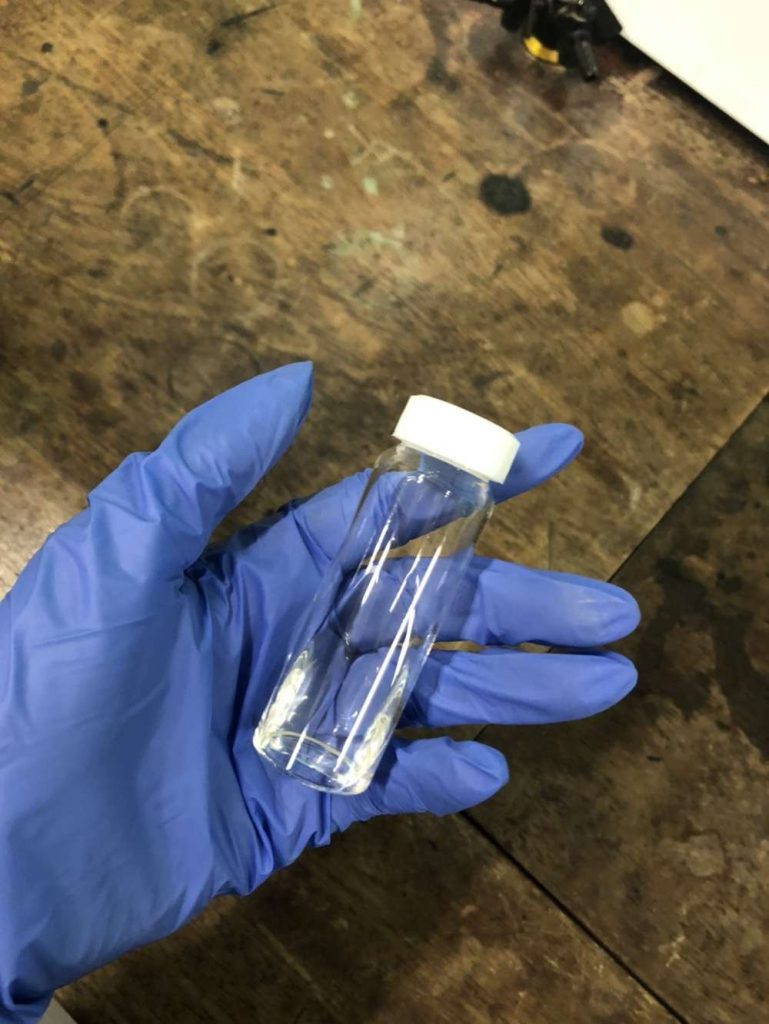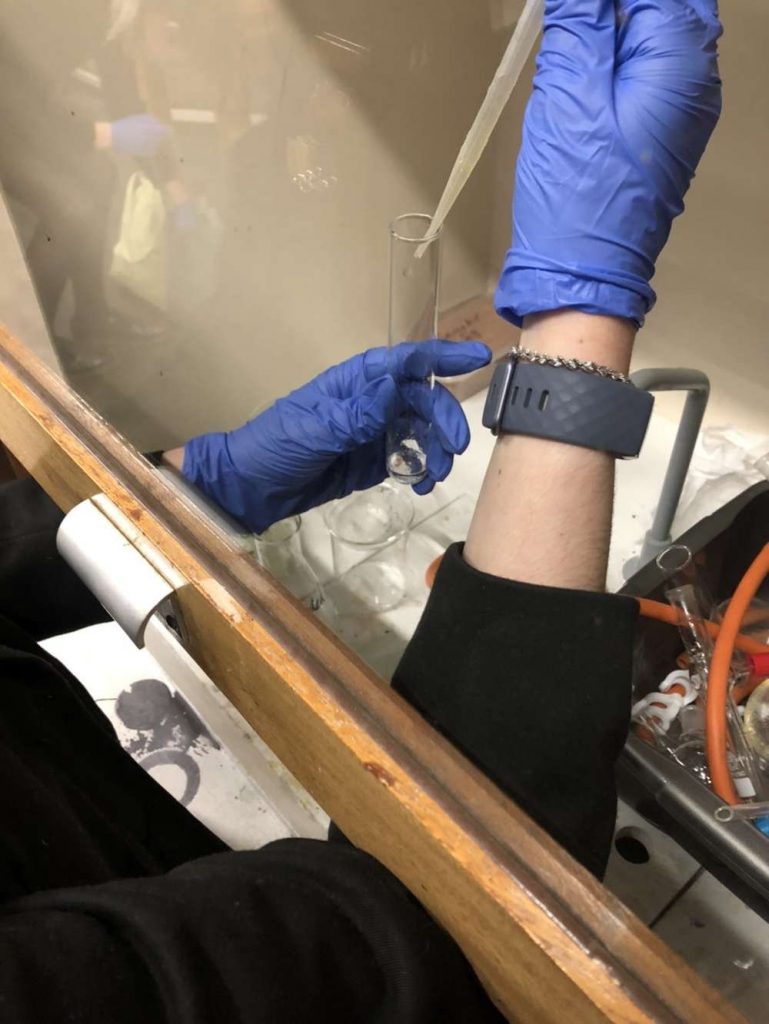For the last 8 weeks, I have been settling back into my school routine (COVID-19 edition). Even through the last few weeks, school have made many changes such as now making face coverings compulsory in all shared areas as well as making the loud noisy common room a quieter study area. It is very weird having my science lessons in a DT room and my Maths lessons in random classrooms however luckily the majority of my Chemistry classes are in a science lab.
For the first few days of the year I was very stressed over returning to school. We were sent our reopening plan and I was unhappy with the changes in place and was very anxious however, I have slowly adjusted to school. It is not as strict as it was before Summer but there are specific doors and areas of the school we are allowed in. The weather has been fairly warm so I have been able to sit outside rather than in the hot common room. However, as it neared the end of September and start of October, the weather got colder so I have been sitting inside more often.
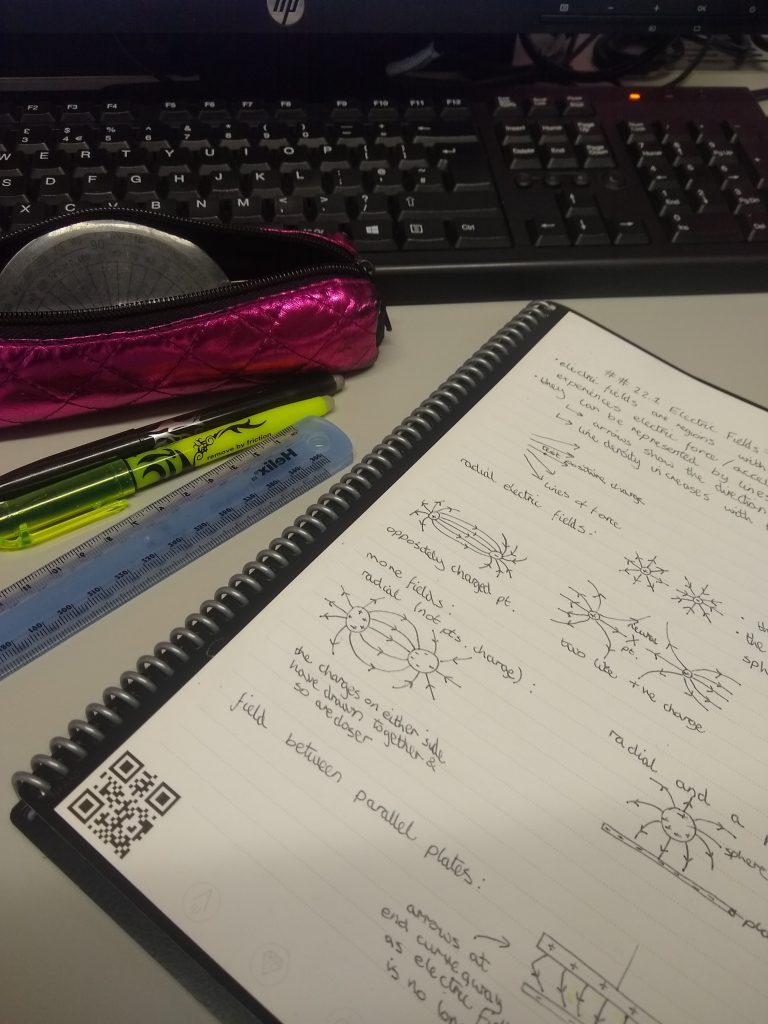
This term at school, we have been focusing on sorting out UCAS and our personal statements as well as sorting out my American applications. Halfway through the term we had Recovery Assessments to catch up on our work from March. These tests were low stakes so it was more for the teachers to check our understanding compared to being grades. As part of my USA application, I have been partaking in many virtual webinars in my evenings and attending UK open days.
I have also been continuing my extracurricular activities from dancing weekly on a Wednesday evening to completing virtual Beaver meetings on a Monday. I also am counting watching Home and Away as an extracurricular! Over the past month or so, I have nearly finished watching The Flash season six and participated in DC’s virtual comic con.
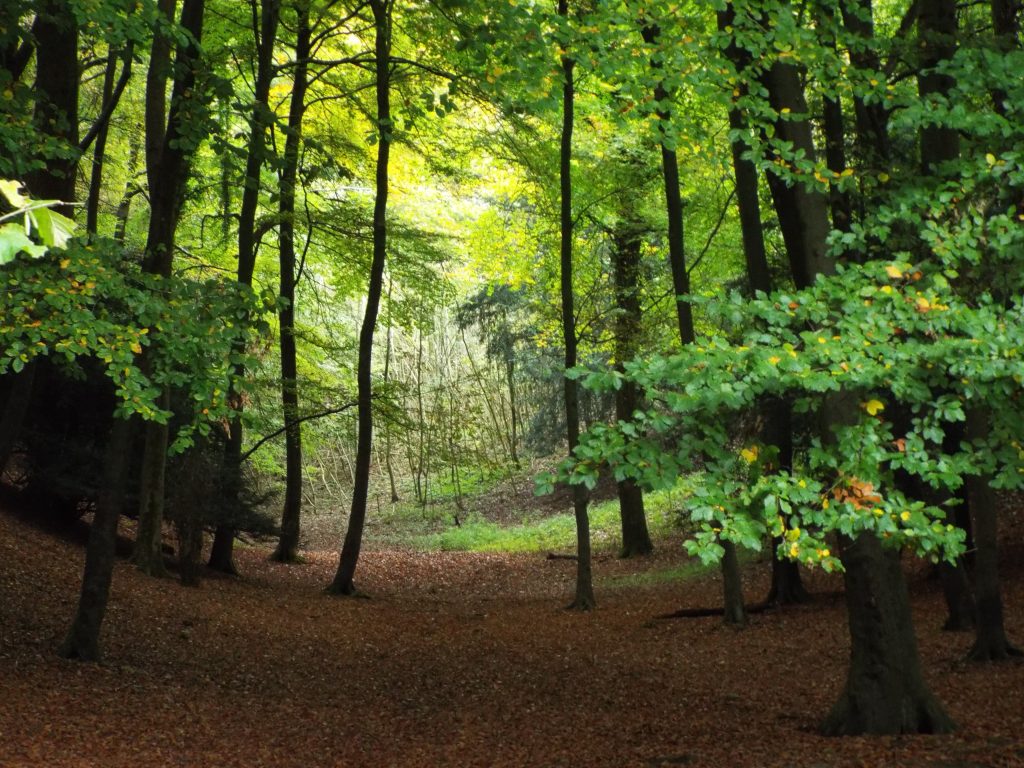
Overall, this term has improved as the weeks have past. The leaves are falling and soon we will be converting back to GMT time. Summer is over, and autumn is in swing getting closer and closer to Christmas. During half term, I am planning to complete some school work, revise and finish up my university applications. On top of this, I am going to relax and carve pumpkins whilst decorating the house for Halloween.

